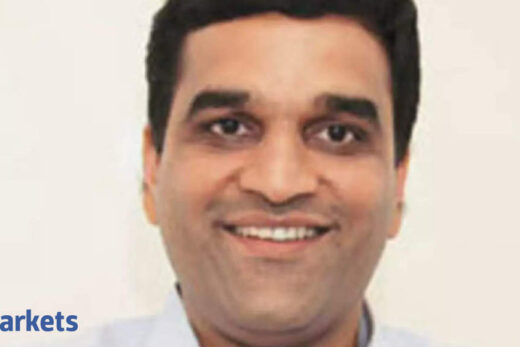“We are emerging stronger from the pandemic with over 75% of the business winning market share and household penetration continuing to grow well. Mobility and consumer sentiments still remain below 2019 levels, but are strongly positioned to grow as the Indian economy continues to recover,” Jope told investors on an earnings call Thursday.
India accounts for nearly 9% of Unilever’s global sales and is its second-biggest market after the US. The company said three markets-the US, India and China-represent nearly 35% of its turnover and are forecast to account for 60% of global economic growth by 2030.
“India has been growing double digit despite the second Covid lockdown in the second quarter and has also been helped by lapping up a weak comparator from the prior year,” added Jope after reporting a 2.5% increase in underlying sales for the third quarter of 2021.
On Tuesday, Unilever’s local unit Hindustan Unilever reported 11% growth in sales and 9% rise in profit in the September quarter from the year earlier, but warned of margin pressure due to surging commodity costs. Since the earnings announcement, HUL’s stock has fallen nearly 10% on the benchmark index due to weaker volume growth, wiping off over ₹55,000 crore from its market capitalisation.
Shares in HUL slipped 1.35% on Thursday to close at ₹2,445.85 on the BSE.
“Although underlying volume growth was a tad better than last quarter, a 4% growth on a base of 1% looks disappointing to us. Given the headwinds to rural demand, sharp price hikes and a high base for the second half of FY22, the company can disappoint on overall growth for FY22,” said a recent report by Yes Securities. “While the sharp recovery in discretionary categories is positive, we still expect gross margins to remain under pressure for the year given the persistently high commodity inflation.”



